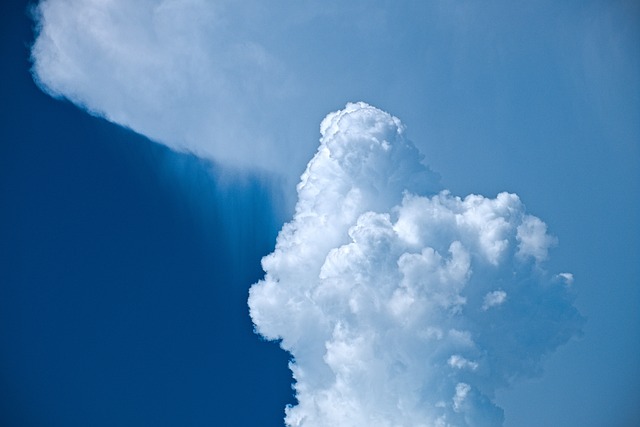As the dark clouds gather and the air thickens with anticipation, many of us feel a familiar tug at our hearts. The roar of an approaching thunderstorm can evoke a spectrum of emotions, from fear and excitement to awe and reverence. Across cultures and religions, thunderstorms have long inspired deep feelings and shaped important traditions. This fascinating connection between weather and spirituality reveals how our ancestors and contemporary communities alike interpret the world around them through the lens of storms.
In many ancient societies, thunderstorms were viewed as manifestations of divine power. For instance, in various indigenous cultures, storms were revered as a force of nature that embodied the spirits of the ancestors. Rituals such as dance, prayer, and offerings were conducted to honor these deities believed to control the skies. When thunder rolled and lightning struck, it was not merely a meteorological event; it was a powerful reminder of an unseen presence guiding and protecting the community.
Religions across the globe often incorporate thunderstorms into their mythologies. Take the Greek god Zeus, the ruler of Mount Olympus, who wielded thunder and lightning as symbols of his authority. Similarly, in Hinduism, Indra is celebrated as the god of rain and thunderstorms, overseeing the monsoon’s arrival with great reverence. These stories reflect the understanding that human life is intricately connected to the whims of nature. Thunderstorms become more than just weather phenomena; they symbolize divine intervention, and spiritual awakening, or the renewal of life itself.
In Christianity, storms have also featured prominently in teachings. The New Testament recounts the story of Jesus calming a storm, which serves not only as a demonstration of his divine power but also as a metaphor for finding peace amid chaos. This narrative resonates with many who view storms as a reflection of life’s unpredictability and a call to faith during tumultuous times. Such stories cultivate a sense of community, encouraging believers to come together, share experiences, and uplift one another during challenging seasons.
Even in modern religious practices, thunderstorms evoke a mix of fear and reverence. Many congregations utilize stormy weather as a backdrop for contemplation or prayer. Some communities hold gatherings during thunderstorms to foster a sense of togetherness, acknowledging that the roaring skies echo their joys, sorrows, and hopes. In essence, thunderstorms unite people in shared experiences, evoking a spiritual resonance that uplifts and grounds them.
As we navigate our lives beneath the ever-changing skies, it is important to recognize the significance that thunderstorms hold in shaping our cultures and traditions. Each flash of lightning and rumble of thunder can remind us of our human vulnerability and the powerful forces of nature that surround us. These storms—filled with energy, chaos, and awe—invite us to pause, reflect, and connect with the deeper meanings of existence.
By understanding how religion shapes our interpretations of thunderstorms, we can cultivate a deeper appreciation for these awe-inspiring phenomena. Whether we seek shelter, gather in prayer, or simply stand in reverence, the roar of the storm serves as an eternal reminder of the connections between nature, spirituality, and the human experience.




